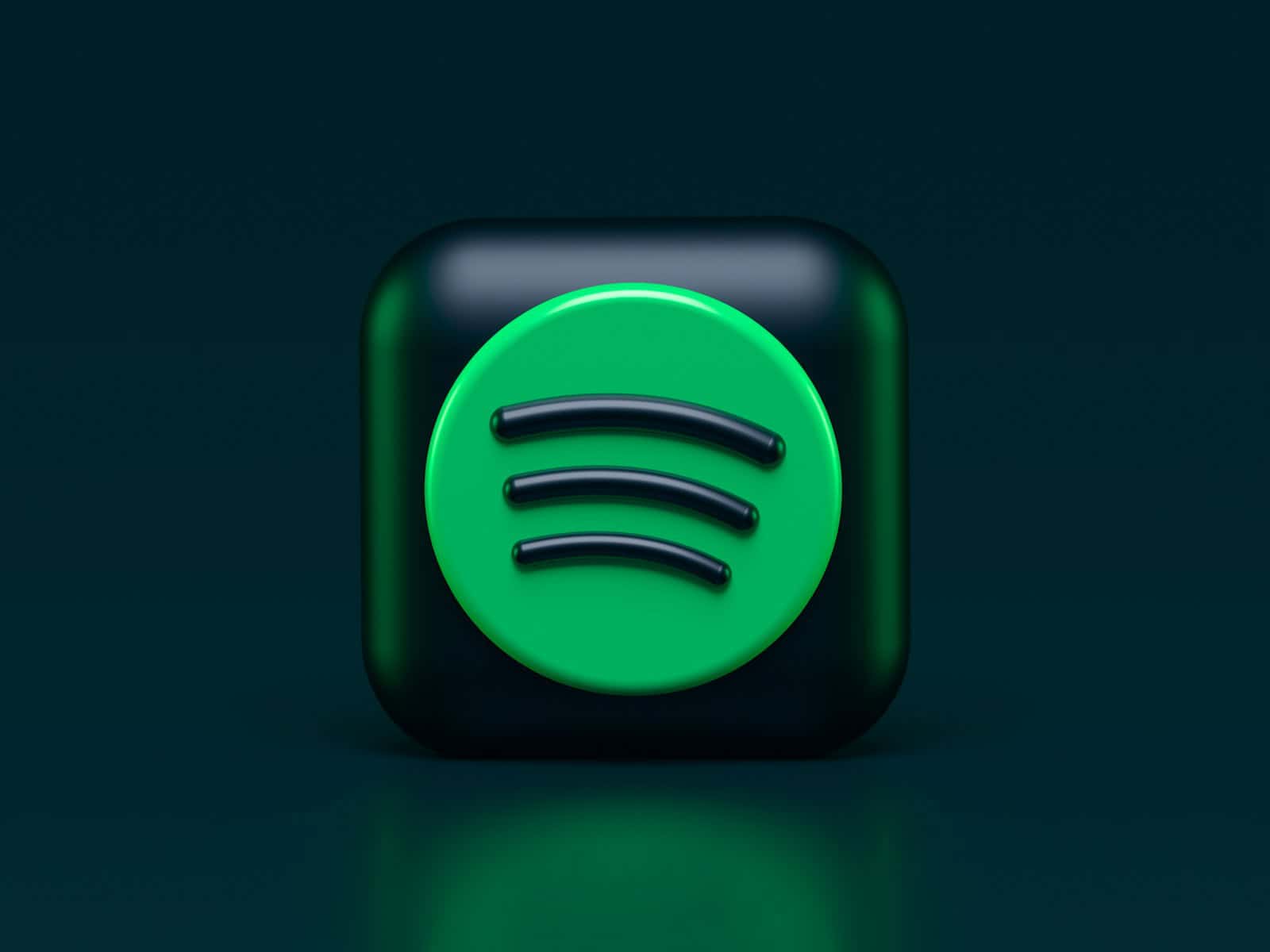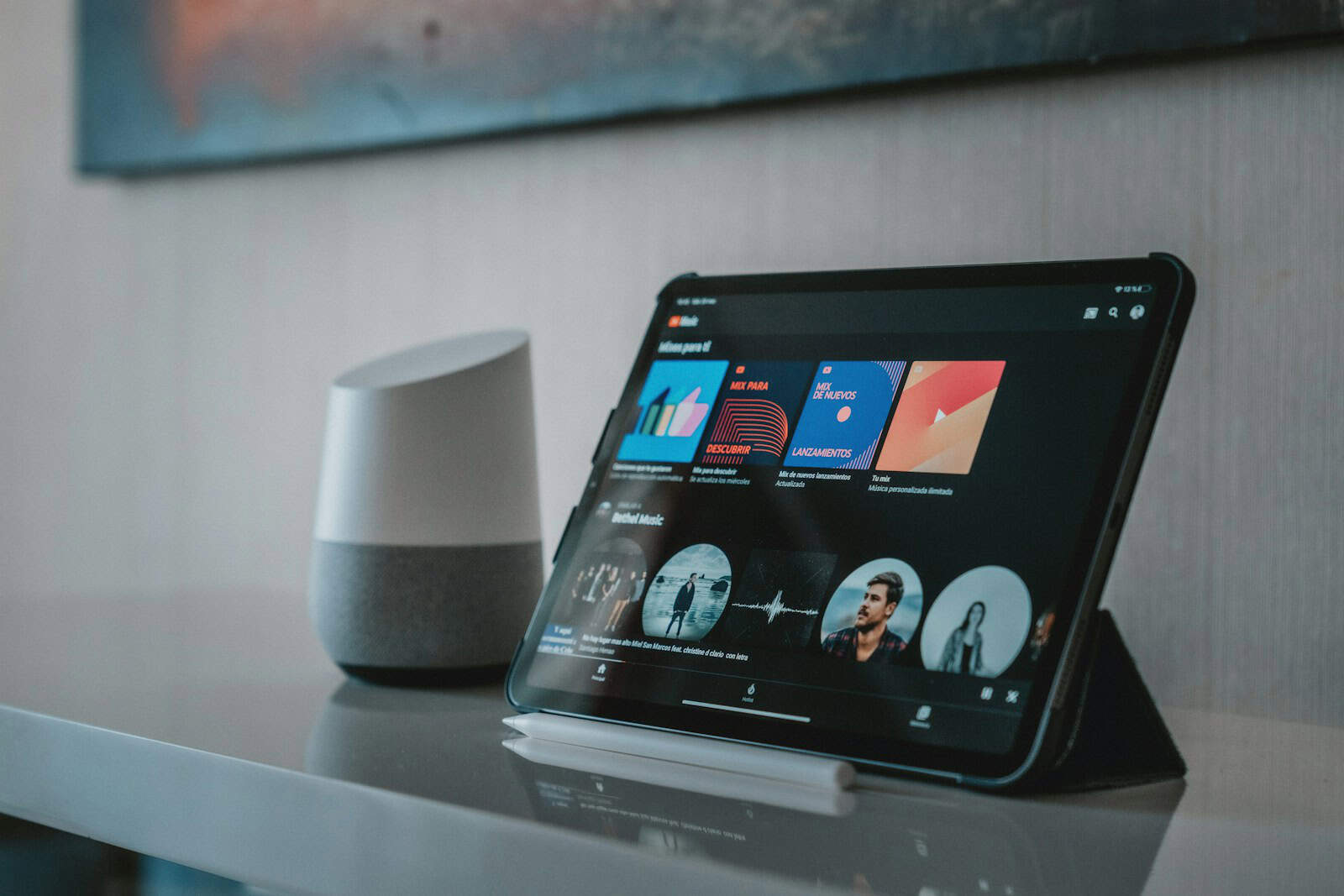Music streaming in 2025 is no longer just about access to songs—it’s about ecosystems, personalization, content depth, and how seamlessly audio integrates into your daily life. Two names continue to dominate this space: YouTube Music and Spotify. Each platform has its loyal fanbase, and both have evolved significantly over the past few years. But which one truly delivers the better experience in 2025?
Whether you’re deciding where to invest your monthly subscription or looking to switch, here’s a deep comparison across all the areas that matter.
Music Library & Content Depth
| Feature | YouTube Music | Spotify |
|---|---|---|
| Track Library | 100+ million official tracks | 100+ million official tracks |
| Bonus Content | Remixes, fan uploads, region-locked songs | Spotify Singles, editorial live sessions |
| Music Videos | Yes, full integration with YouTube | Limited, only for select songs |
| Podcasts | Limited (via YouTube, not in-app) | Full platform, exclusive shows, and video podcasts |

YouTube Music benefits from the world’s biggest video library, making it ideal for discovering obscure remixes, live performances, or region-specific music not available elsewhere. Spotify remains unmatched for podcast fans, with a growing slate of exclusives and video podcast integration.
Music Discovery & Personalization
Spotify’s machine learning algorithms are still the gold standard. Features like Discover Weekly, Release Radar, Daily Mixes, and real-time collaborative playlists make Spotify feel like a personalized radio station built just for you. In 2025, Spotify’s use of large language models for playlist curation (similar to ChatGPT-style prompts) adds a new level of interactivity to discovering music.
YouTube Music leans on your broader YouTube watch history. If your account is filled with music content, the results can be eerily accurate. However, if your YouTube use includes tech reviews, memes, or gaming, your recommendations can feel less musically relevant.
Winner: Spotify for pure music intelligence.
YouTube Music for mixed-media music lovers.
Audio Quality in 2025
| Tier | YouTube Music | Spotify |
|---|---|---|
| Free Tier | Up to 128 kbps (AAC) | Up to 160 kbps (OGG) |
| Premium Tier | Up to 256 kbps | Up to 320 kbps (OGG Vorbis) |
| HiFi Tier | Not available yet | Spotify HiFi in gradual rollout (lossless FLAC) |
Spotify’s long-awaited HiFi tier began rolling out in early 2025, offering CD-quality lossless audio for users who opt into a more premium plan. While YouTube Music still hasn’t announced a similar tier, its AAC format is efficient, but not audiophile-level.
Winner: Spotify, especially for users with high-end audio setups or wired headphones.
Plans, Pricing & Value
| Plan Type | YouTube Music | Spotify |
|---|---|---|
| Free Tier | Yes, ads, no background play | Yes, ads, background play with limits |
| Individual Premium | $10.99/month | $10.99/month |
| Family Plan | $16.99/month (up to 6 accounts) | $16.99/month (up to 6 accounts) |
| Student Plan | $5.49/month | $5.99/month |
| Bundle Value | YouTube Premium includes ad-free video + Music | Spotify Duo ($14.99 for 2 people) |
YouTube Premium includes ad-free YouTube, making it a better overall media bundle. For users who consume video content as much as music, the extra value is substantial.
Winner: YouTube Music if you’re a frequent YouTube viewer. Spotify offers slightly better deal customization (e.g., Duo Plan).
User Interface & Experience
| Feature | YouTube Music | Spotify |
|---|---|---|
| App Design | Clean, video-focused UI | Fast, intuitive, optimized for music |
| Cross-Device Support | Android Auto, Google TV, Wear OS | Apple CarPlay, Xbox, Discord, Smart TVs, PS5 |
| Offline Playback | Yes (Premium only) | Yes (Premium only) |
Spotify’s dominance in hardware partnerships has expanded further in 2025, with deep integration into fitness trackers, gaming consoles, and voice-controlled assistants across platforms. YouTube Music is more optimized for the Google ecosystem (Pixel, Android, YouTube).
Winner: Spotify for broader reach. YouTube Music works best within the Google universe.
Final 2025 Scorecard
| Category | Winner |
|---|---|
| Music Library | Tie |
| Music Videos & Rarities | YouTube Music |
| Podcasts & Talk Content | Spotify |
| Music Discovery | Spotify |
| Audio Quality | Spotify |
| Cross-Platform Support | Spotify |
| Value for Video Users | YouTube Music |
| App Design | Spotify |
Bottom Line: Which Should You Choose?
Go with Spotify if you want:
- Smarter playlists and music discovery
- A powerful podcast library
- HiFi audio and better app support on third-party devices
- Deeper social and collaborative playlist tools
Go with YouTube Music if you:
- Already pay for YouTube Premium (better value)
- Watch music videos, remixes, and live sets regularly
- Want a single subscription for both audio and video content
- Prefer niche, international, or fan-uploaded material
Spotify remains the music-first platform with superior discovery, audio quality, and hardware flexibility. YouTube Music is the multimedia hybrid, offering an unbeatable combo of video, obscure tracks, and integration with Google services.
In 2025, both platforms deliver immense value—it just depends on how you like to listen.
Key Takeaways
- YouTube Music and Spotify are leading music streaming services with unique features.
- Audio quality, user interface, and music discovery are pivotal in choosing a service.
- The decision often comes down to personal preference and listening habits.
Comparing Key Features and User Experience
Choosing between Spotify and YouTube Music depends on several factors such as content variety and subscription options. Each service’s design and compatibility also play a significant role in user satisfaction. Various distinct features set these platforms apart for listeners worldwide.
Library and Content Diversity
Spotify boasts a vast library with millions of tracks from artists worldwide. It includes music of all genres, along with podcasts. Users look to Spotify for music discovery with tools like Discover Weekly and Release Radar which provide personalized playlists. YouTube Music, powered by Google, offers a broad selection of music and videos, including live performances and remixes. It even allows users to switch between audio-only tracks and music videos, leveraging YouTube’s extensive video catalog.
Subscription Plans and Pricing
Both music streaming services offer free versions with ads and limited capabilities. Spotify Premium removes ads and provides offline listening with high-quality audio. Its plans include Individual, Duo, Family, and Student options, with pricing that is competitive within the industry. Similarly, YouTube Music offers a Premium membership, letting users enjoy ad-free music, offline listening, and background play. Additional benefits come with a YouTube Premium subscription, which also includes YouTube Music.
Interface and Usability
The user interface of Spotify is renowned for its clean and intuitive design both in-app and on the web player. The search and explore functions help users find new and existing content with ease. YouTube Music has a user-friendly interface too, with the added advantage of seamless integration with the main YouTube platform. The apps are available across Android, iOS, Windows, and Mac devices.
Platform Compatibility and Integrations
Spotify connects with a range of devices including Sonos, Android Auto, Smart TVs, and game consoles through Spotify Connect. YouTube Music is compatible with similar devices and excels with Chromecast and Google Home integration. Both services work well with Android and iOS systems, assuring a smooth experience for users on various platforms.
Additional Features
Unique to Spotify is the Spotify Kids app catering to family plans, providing kid-friendly content. YouTube Music uses Google’s AI for My Supermix, a mix that adapts to user preferences. Spotify’s audio quality streams up to 320kbps, while YouTube Music’s premium offering reaches 256kbps. Both platforms strive to provide features that enhance the user’s listening experience through personalized playlists and suggestions.







